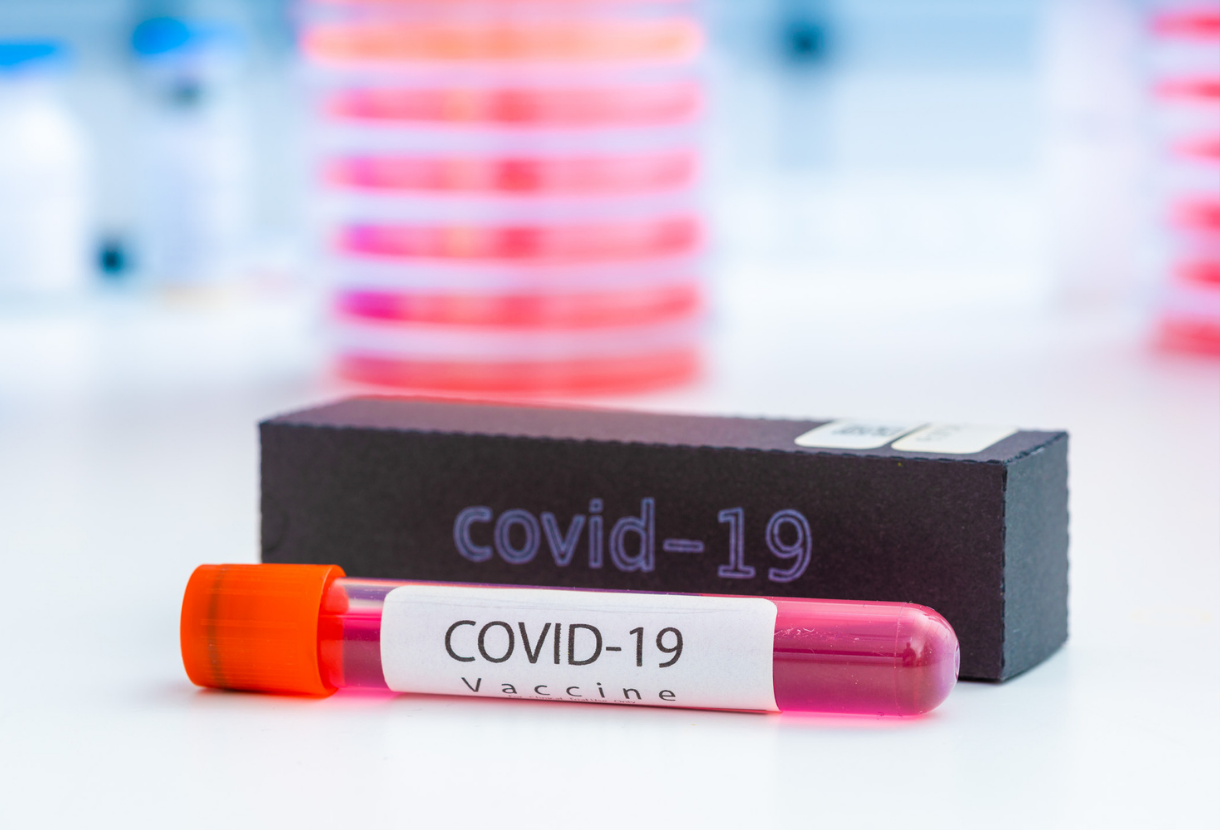COVID-19 Medical Equipment: Vital Tools in Pandemic Management
COVID-19 medical equipment covers a broad range of tools used to diagnose, treat, and prevent the spread of the virus. These specialized supplies and devices are crucial in addressing the healthcare challenges posed by the pandemic.
Diagnostic Tools for COVID-19
Diagnostic tools like PCR tests, rapid antigen tests, and antibody tests aid in identifying and confirming COVID-19 cases. They enable swift isolation and treatment.
Essential Personal Protective Equipment (PPE)
PPE, including masks, gloves, face shields, gowns, and respirators (such as N95 masks), plays a pivotal role in protecting healthcare workers and curbing virus transmission by forming a barrier against infectious droplets.
Respiratory Support Devices
Ventilators and respiratory support devices are essential for patients experiencing breathing difficulties due to COVID-19 complications. They help maintain proper oxygen levels.
Medical Oxygen Systems and Hospital Beds
Medical oxygen systems, such as concentrators and cylinders, are vital in providing supplemental oxygen to patients with respiratory distress. Hospitals also require specialized beds, especially ICU beds equipped with monitoring systems, to care for severe COVID-19 cases.
Vaccination Supplies and Laboratory Equipment
Equipment necessary for vaccine administration, including syringes, needles, cold storage units, and vaccine vials, are crucial for the global vaccination effort. Laboratories rely on specialized equipment like PCR machines and testing materials for accurate COVID-19 testing.
Disinfection and Telemedicine Tools
Disinfection devices such as UV sterilizers, air purifiers, and surface disinfectants maintain hygiene and curb virus spread. Additionally, tools for telemedicine and remote patient monitoring have gained importance in managing COVID-19 cases while reducing in-person contact.
The availability and proper utilization of COVID-19 medical equipment are crucial. These resources ensure adequate patient care, protect healthcare workers, and control virus transmission within communities.
